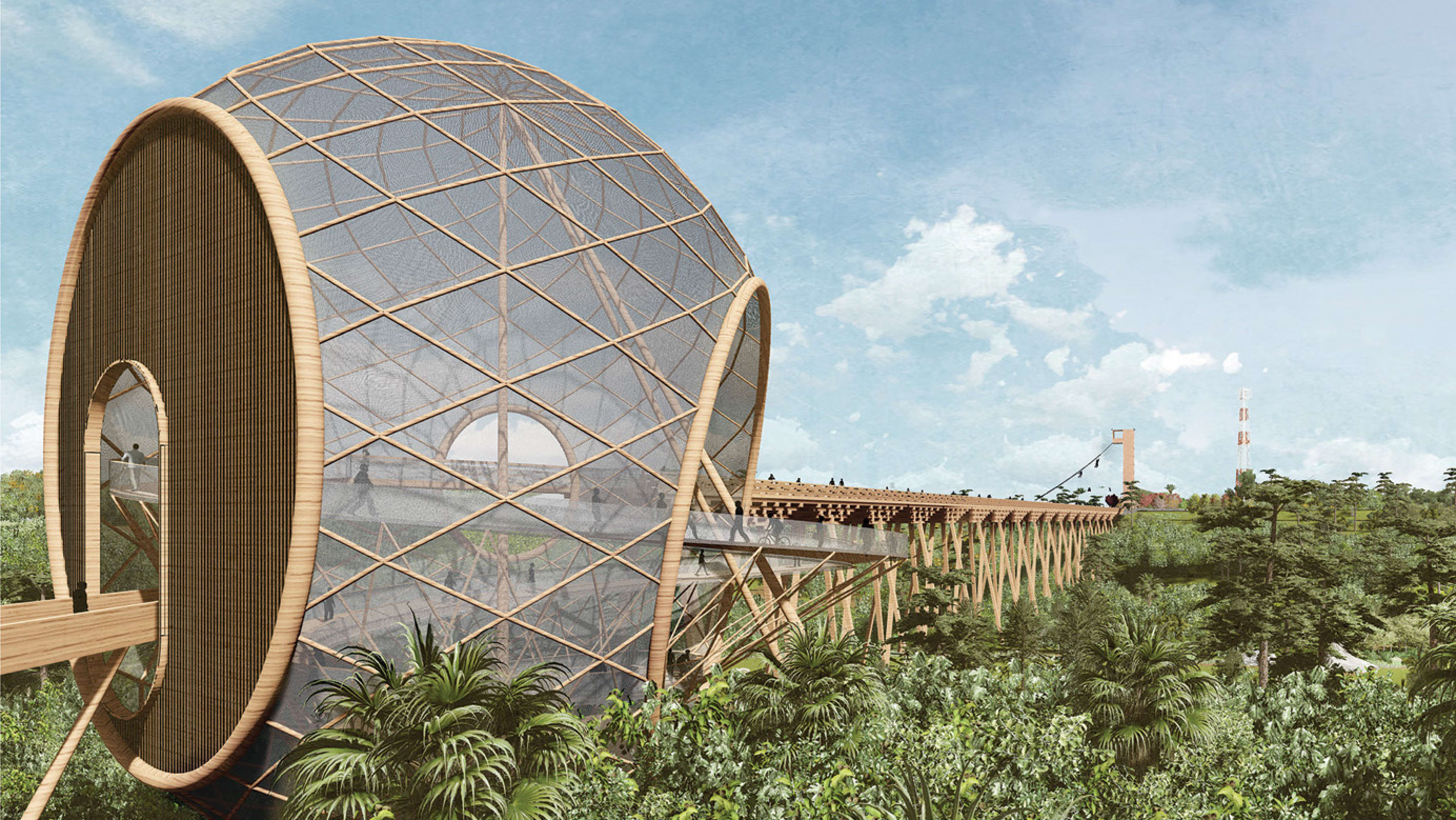Due to its history, its culture, and especially its climate, the American South has a unique architectural style. Too often, though, the buildings of the South are boiled down to stereotypes.
“It can either be the sharecropper shacks that were valorized by Walker Evans and James Agee or the white columned plantation mansions that are valorized in Gone With the Wind,” says Peter MacKeith, dean of the Fay Jones School of Architecture + Design at the University of Arkansas.
To broaden the perception of architecture in the South, particularly recent architecture, MacKeith has curated “A South Forty.” The new exhibition focuses on the work of dozens of architecture firms based in and working in a region not often associated with top-shelf contemporary architecture. But as the South faces increasing threats from extreme weather, sea level rise, and climate change, architects there are setting new standards for how architecture can help even small communities build for an uncertain future.
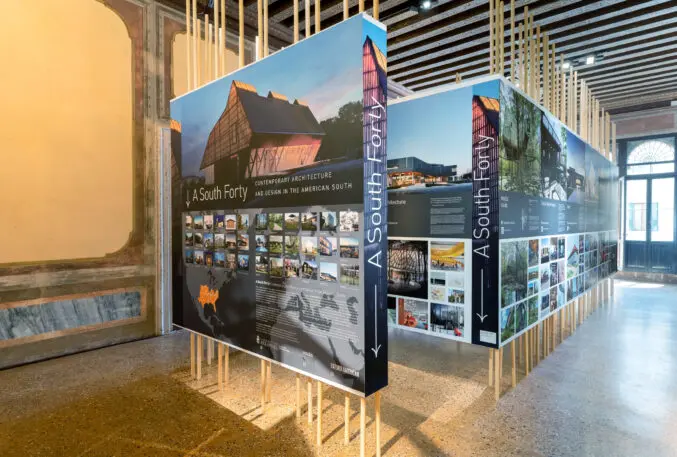

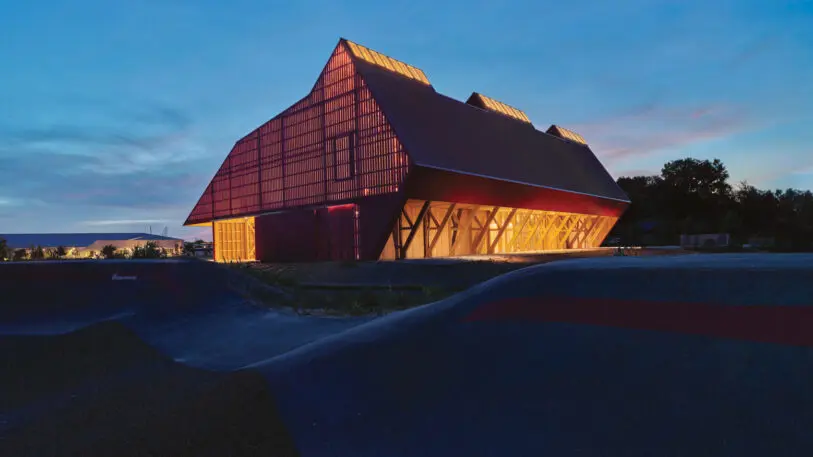
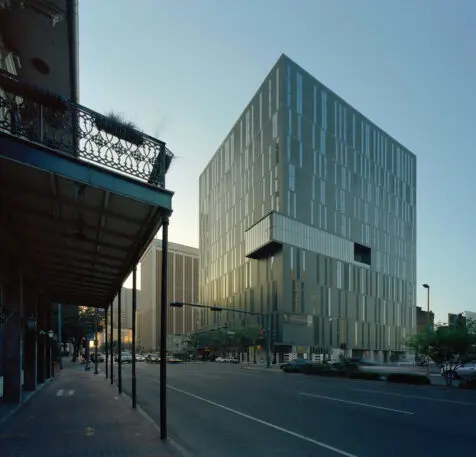
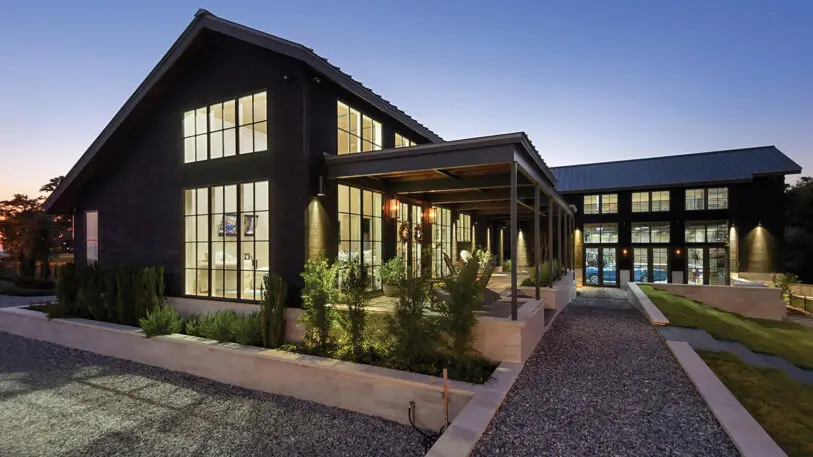
Now, in projects ranging from private residences to university buildings and historic restorations, unabridged Architecture is using its designs to help parts of the South be more resilient in the face of extreme and sometimes deadly climate events.
Not all of unabridged Architecture’s projects are about environmental collapse, though. One current project now under construction is an adaptation of a former hardware store and lumber yard in downtown Bay St. Louis that the firm has turned into a 15-unit apartment building with retail and restaurant space. It’s a modest mixed-use project that might not stand out in a bigger city, but it represents a major shift in the thinking about what types of buildings Southern towns want and need in the 21st century. “That kind of thing can really have a meaningful impact on a small town like this,” says John Anderson.
This kind of civic engagement is a recurring theme among the architecture firms included in the exhibition. MacKeith says many of them have eschewed bigger commissions and urban locales for smaller projects that actually serve the communities in which they’re situated. The firm de Leon & Primmer Architecture Workshop, for example, has been exploring innovative timber- and bamboo-based designs in Kentucky, and the Jackson, Mississippi, firm Duvall Decker has a deep portfolio of public building projects across the state.
“I think these are people who are doing everyday acts of heroism on behalf of their communities, not even intending to do that,” he says. “That’s my rhetoric, not theirs.”
Though the exhibition features about 40 firms, per the name, MacKeith says there’s a growing number of firms engaging with the South that embody this new approach to the region’s climate and needs—focus areas that will continue to have greater relevance as the climate changes around the world. “It’s ongoing,” MacKeith says of firms pushing Southern architecture in new directions. “What they’re doing is of the South, but reaches beyond the South.”
Recognize your brand’s excellence by applying to this year’s Brands That Matter Awards before the early-rate deadline, May 3.
